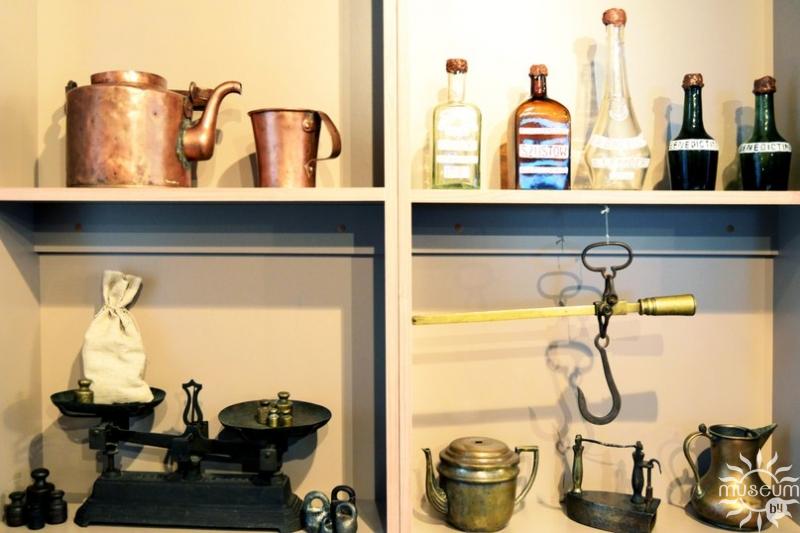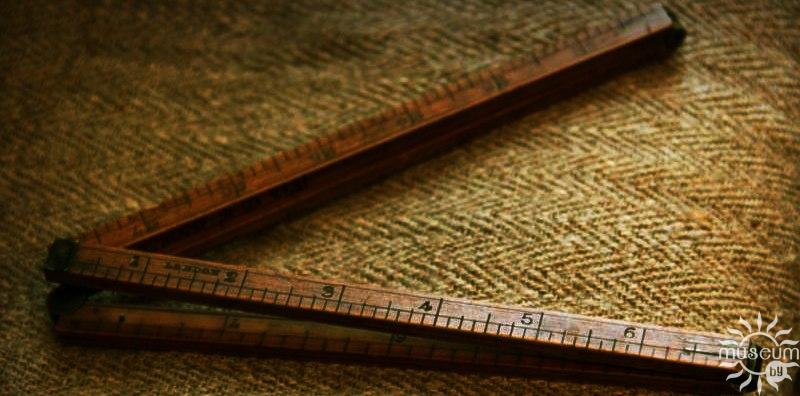At the beginning of the twentieth century not everyone was allowed to conduct trading activities and keep their own store in Polotsk. To do this it was necessary to become a member of the trade guild and obtain the relevant documents that were issued by the city government.
In 1910 Polotsk merchants of the 1st or 2nd guilds held colonial, manufactory or haberdashery shops in the city and also owned dozens of small shops and trade stalls. The two largest shops in the central part of the city - the manufactory and haberdashery - belonged to Berke Girshivic Minz, one of the richest Polotsk merchants. He led wholesale trade, opened loans to small traders, built and maintained at his own expense a Jewish hospital, pharmacy and poorhouse.
At the beginning of the twentieth century manufactory shops usually offered a wide range of goods: cereals, grains, dishes, confectionery, beverages and much more. In the haberdashery shop Polotsk people bought fabrics, toilet articles and personal items. For the sale of linen, cloth or silk fabric in the shop was used arshin - a special device for measuring the length, which was equal to 28 inches.
All the goods in the shops usually lay in plain sight, because it showed how rich the trade establishment was. In the shop it was not necessary to pay at a fixed price. It was possible to bargain. After all, at first, the merchant offered an inflated price for the goods, and then it gradually reduced. In any case he received the benefit without offending the buyer himself.
It is interesting, but the discoverer of the “goods for home” service was not the modern trading network “Euroopt”. Back in the early twentieth century according to the recollections of the Polotsk ethnographer Ivan Deinis, citizens of Polotsk actively used the “goods for spacing” service. Fish, Chinese manufactory, dairy products, groceries were delivered to the apartments, and ice cream in the summer.


